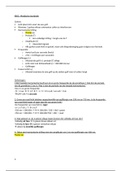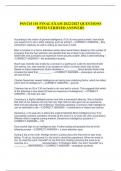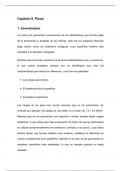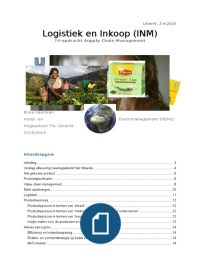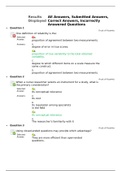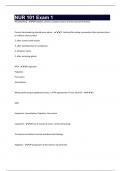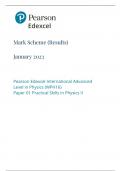Samenvatting
Summary BBS2007
- Instelling
- Maastricht University (UM)
This PDF has two parts: it starts with theory: the first - 16 pages are the topics from year 1 shortly repeated. Next, summaries of the lectures (2) follow, and next, the chapters indicated in the course book from Andy Field are summerized. In these summaries I added some extra info or images from...
[Meer zien]





